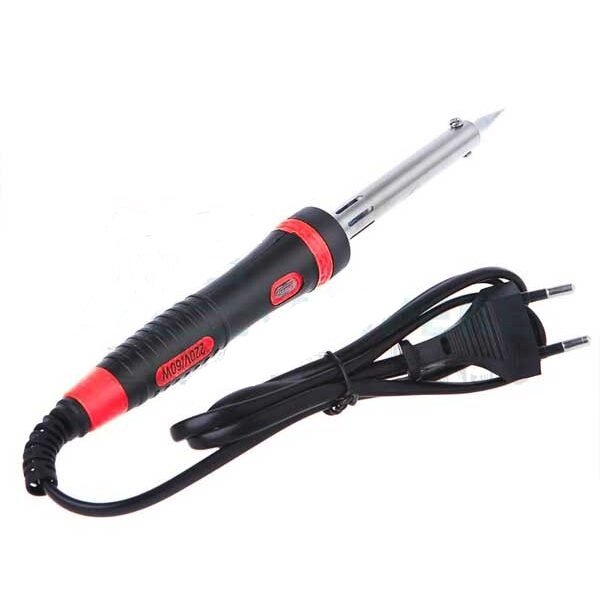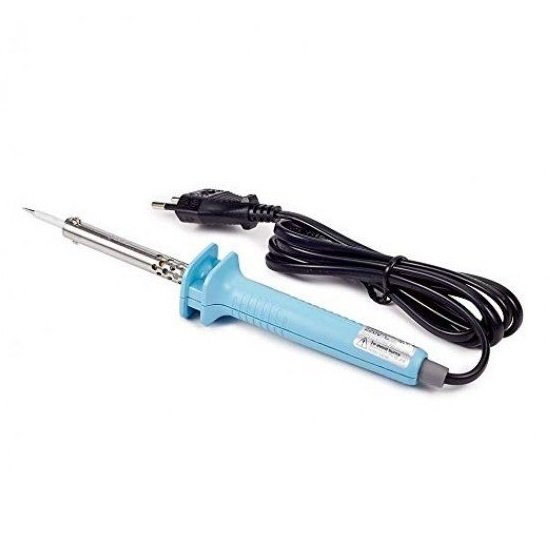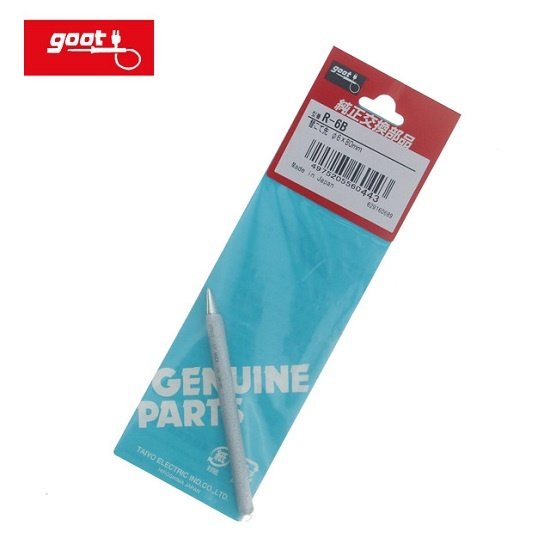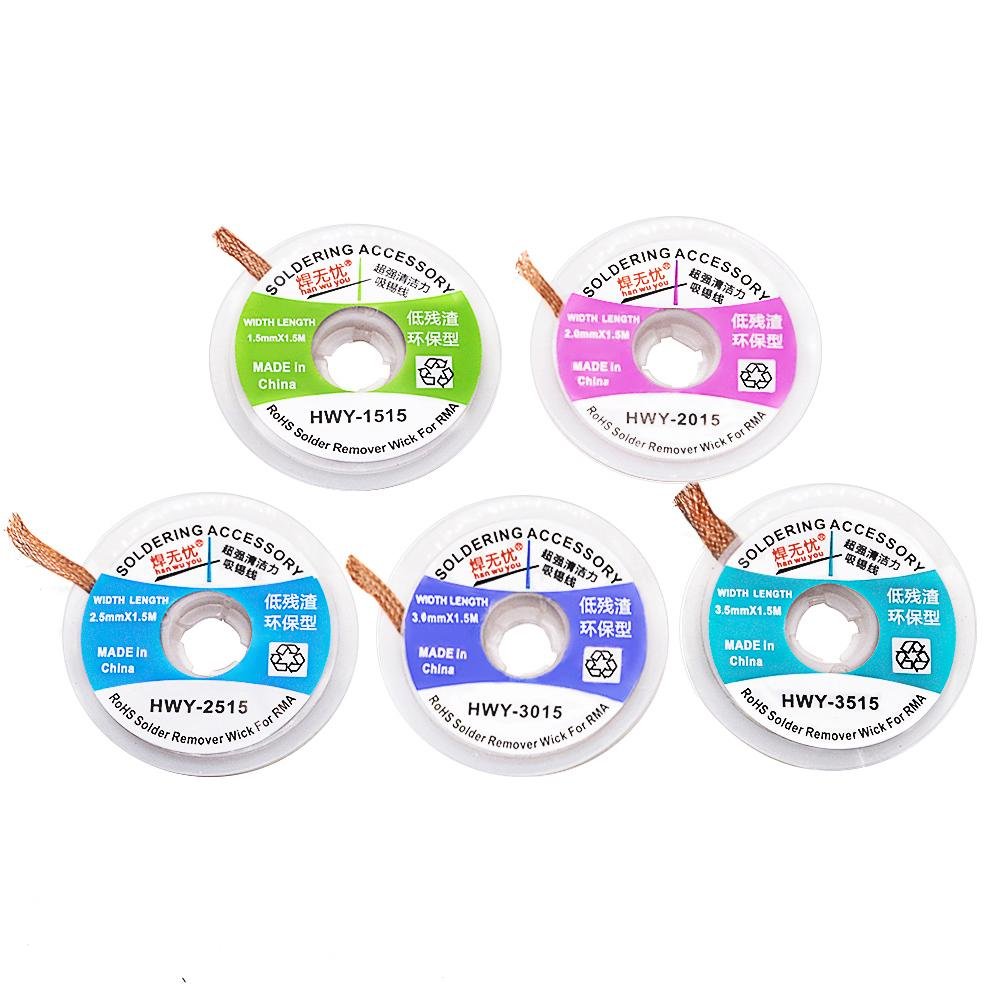Product Overview
The Solder Pot (200°C – 480°C, 250W) is a powerful and efficient tool designed for tinning wires, dip soldering components, and melting solder for various electronic and industrial applications. With an adjustable temperature range of 200°C to 480°C and a high-power 250W heating element, this solder pot ensures quick heating and stable temperature control for professional soldering tasks.
Key Features:
- Adjustable Temperature: Wide range from 200°C to 480°C for various soldering applications.
- High Power (250W): Ensures fast heating and consistent temperature stability.
- Durable Construction: Made from high-quality materials for long-lasting use.
- Efficient Heat Distribution: Provides uniform melting for improved soldering results.
- Multipurpose Use: Ideal for wire tinning, dip soldering, and melting solder for industrial applications.
- User-Friendly Operation: Simple controls for easy temperature adjustment and operation.
Technical Specifications:
- Power: 250W
- Temperature Range: 200°C – 480°C
- Heating Element: High-efficiency ceramic heater
- Pot Material: Corrosion-resistant metal alloy
- Application: Wire tinning, dip soldering, industrial soldering tasks
Applications:
- Wire Tinning: Coating wires with solder for better conductivity.
- Dip Soldering: Ideal for small components and circuit boards.
- Industrial Soldering: Suitable for mass soldering tasks in manufacturing.
- Jewelry & Metalwork: Used for melting solder in small-scale metalwork projects.
Why Choose This Solder Pot?
With its adjustable temperature control, high power output, and durable design, the Solder Pot (200°C – 480°C, 250W) is an essential tool for professionals and industrial users requiring reliable soldering performance.












Reviews
There are no reviews yet.